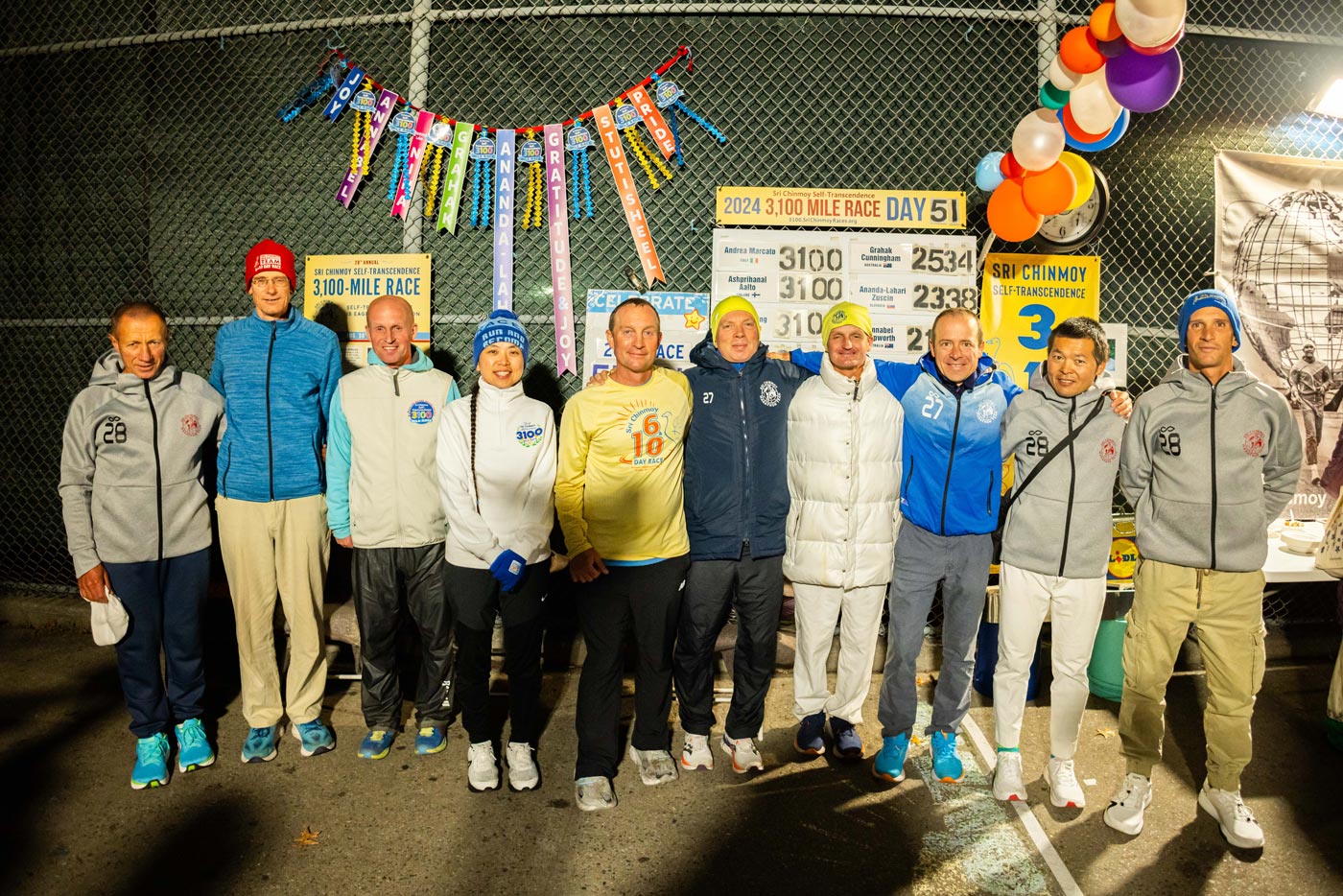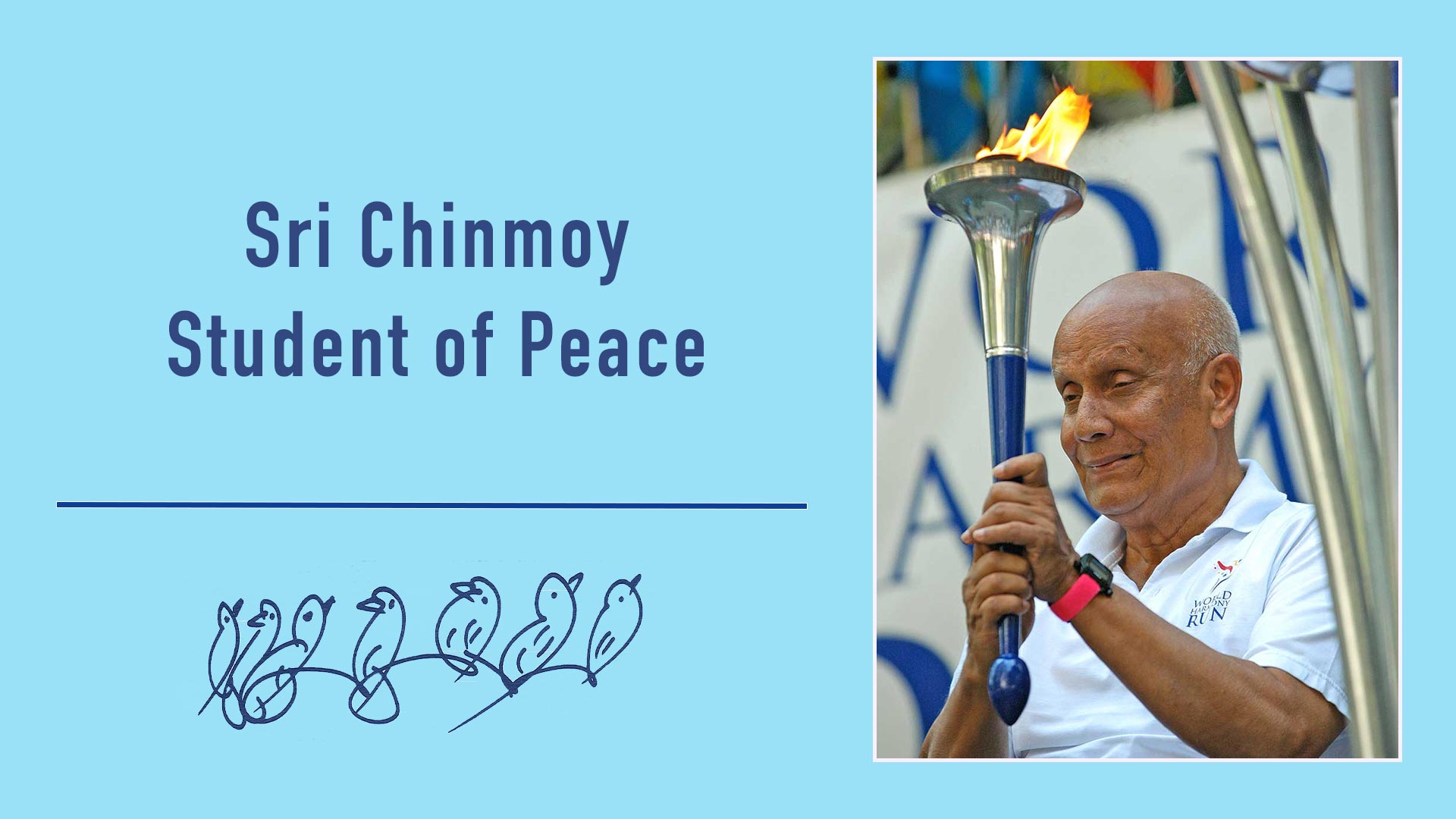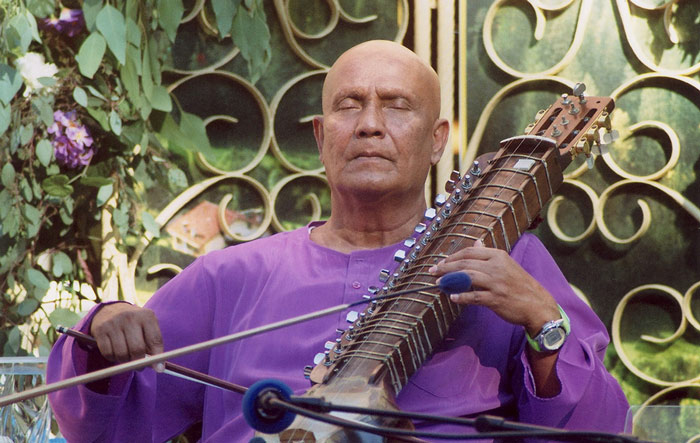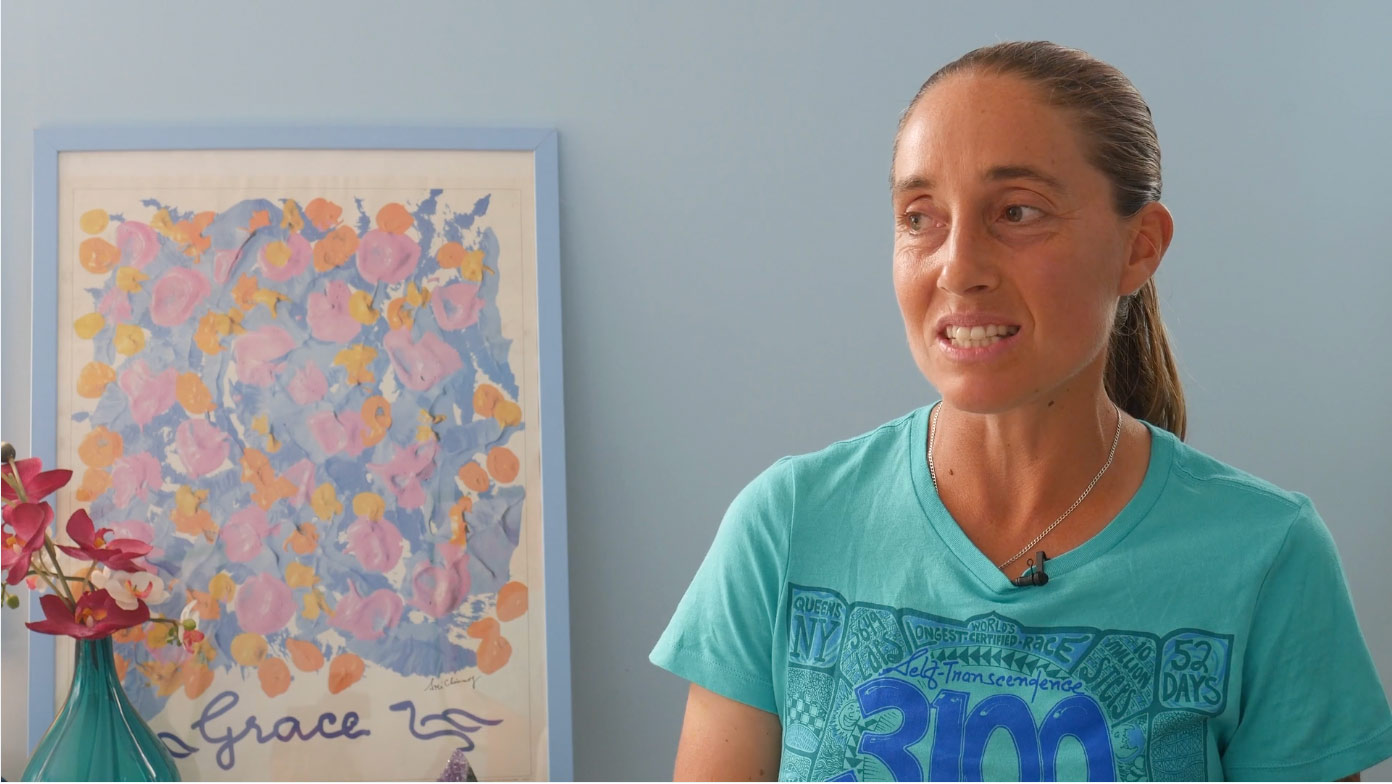-
Embed »
-
Download »Close »
- Comment »
Real Holograms of Guru
by Dhanu
September 21, 2020
Guru had authentic holograms of himself made in Chicago in 1978. He said that it was a most significant manifestation.
A hologram is a type of photograph that uses laser beam technology to create a three-dimensional light field, rendering an image that retains the depth, parallax, and other properties of the original scene. They are two-dimensional surfaces that show precise three-dimensional images of real objects.
In normal light, Guru’s holograms look like cylindrical transparencies no bigger than a football, but when rotated slowly around a directed light source they show unique dimensional detail and visual effects unavailable in conventional photography or cinematography. The Nobel Prize in Physics in 1971 was awarded to Dennis Gabor of Hungary for his invention and development of the holographic method.
Guru visited Chicago on the weekend of July 28th 1978 to gave two concerts at Northwestern University, and a meditation at the shore of Lake Michigan. He also had holograms of himself made. Guru came by bus with about 40 disciples, and the city’s Mayor proclaimed “Sri Chinmoy Day” in honor of Guru’s visit. I was on that 12-hour bus ride and here is a story about the holograms. Ashish, Bishwas, Pradhan, Siddhanta, Dhrirata and Anugata helped with some of the details.
The Museum of Holography was located on West Washington Boulevard in Chicago’s West Loop neighborhood. The museum’s Research Director and resident mad scientist, John Hoffman, sat Guru on a large rotating platform and trained laser beams, prisms and 16mm cinema cameras on him to produce professional-caliber moving-image holograms. At the time John was a spiritual seeker and friend of the Centre, and Guru had told him, “If you make a hologram of me, I will make you my disciple.” John did became a disciple and he attended the Chicago Centre, which was on North Wayne Avenue in Sheffield Neighbors.
The museum’s laboratory was full of arcane equipment and was painted jet black to reduce light reflections, making it look like a science-fiction movie set. Guru took the hologram-event very seriously and asked everyone to remain silent while he entered into a high consciousness for the pictures. Expensive copies were subsequently made by the Holographic Art Company of Chicago, and small motorized wooden display turntables were built by disciples in the basement of the Centre. There were two different holograms, one with various views of Guru meditating and the other showing Guru playing the esraj. Each image played silently for a few seconds and was unlike any picture or movie of Guru that we had ever seen. They cost $150 each — about $600 in today’s money. Sarama bought at least one, and the day after Guru’s Mahasamadhi in 2007 she providentially inquired with the Chicago disciples about the availability of more copies.
These were made when holography was at its peak of popularity, before computers were used for commercial image processing. It was particularly exciting for us because Guru was giving tremendous importance to pictures of himself in high, meditative states. Around that time Aum Magazine published a monthly series of stunning photo portraits of Guru, to which he had given spiritual titles. Having holograms of Guru seemed like an opportunity to go a step beyond regular photography.
Real holograms were so cost and labor intensive that they never caught on in the mainstream, and these were the only holograms of this type that Guru made. You cannot get the hologram experience from a video copy; you need to see the real thing to get the full effect. If you know someone who has one of these Guru-holograms, run, don’t walk, to their house and watch it!








